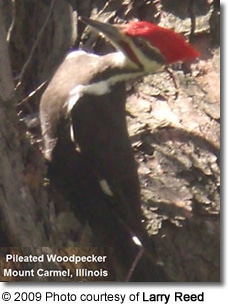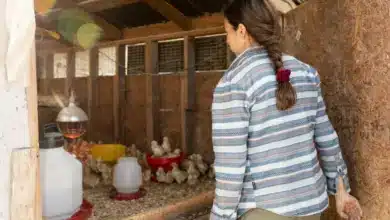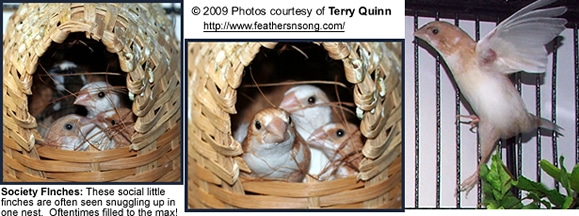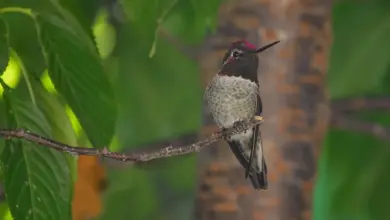Pileated Woodpecker (Dryocopus pileatus)
The Pileated Woodpeckers (Dryocopus pileatus) are very large North American woodpeckers that are roughly the size of crows. Within their range, they are the largest of all woodpeckers, except for the very rare and possibly except the possibly extinct Ivory-billed Woodpecker from the southeastern United States and Cuba.
They are regionally also referred to as Log Cocks, Lord God Birds, Good God Birds or Great God Birds.
Their legs are well adapted for climbing on vertical surfaces – where they are typically spotted. Occasionally they may be seen hopping on the ground or heard loudly drumming atop dead trees as they proclaim their territories. They will also drum on dead trees and fallen logs as they search for food.
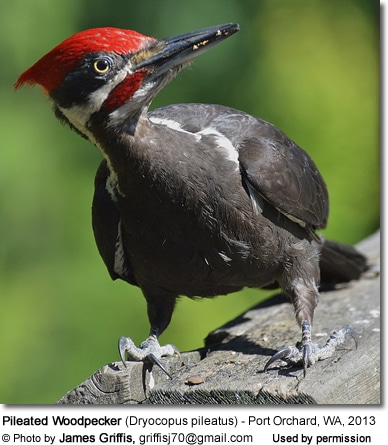

Distribution / Habitat
Canada:
Nova Scotia, New Brunswick, southern Quebec and central Ontario.
USA:
South through the entire eastern USA to southern Florida, extending west to eastern. Texas and southeastern Oklahoma.
The western race occurs from northern USA south to central California.
They are resident (non-migratory).
Subspecies and Ranges:
The northern races tend to be larger in size than those occurring further south. Otherwise, they look alike.
- Southern Pileated Woodpecker (Dryocopus pileatus pileatus)
- Range: Southeastern U.S., except Florida.
- Northern Pileated Woodpecker (Dryocopus pileatus abieticola)
- Range: Canada and northern United States.
- Florida Pileated Woodpecker (Dryocopus pileatus floridanus) (not universally recognized as its own race)
- Range: Florida, including the Florida Keys
- Western Pileated Woodpecker (Dryocopus pileatus picinus) (not universally recognized as its own race)
- Range: Western North America
Description
Size
Adults measure 15.7 – 19 inches (40 – 49 cm) in length
They weigh between 8.8 – 14 oz (250 – 400 g)
Plumage Details / Adults
They are easily recognized by their black plumage, bright red crest and the white line that extends down the sides of the throat.
Adult males have a red line from the bill to the throat and they have red on the front of the crown – which are black in adult females.
In flight, white markings can be seen on the wings.
Other Physical Details
- Triangular crest
- Long neck
- Chisel-shaped bill
- Broad wings
Similar Species (although both are very rare and possibly extinct):
- The Southeastern Ivory-billed Woodpecker
- The Mexican Imperial Woodpecker
Diet / Feeding
The Pileated Woodpeckers feed on insects, such as beetle larvae and carpenter ant, as well as fruits berries and nuts. During the winter, when insects are difficult to find, they may take advantage of bird feeders.
Breeding / Nesting
These woodpeckers nest in large cavities of dead trees.
The average clutch consists of 4 eggs that are incubated for about 18 days. Both parents share the incubation duties and the raising of the young.
Build a nest box for the Pileated Woodpecker
Calls / Vocalizations / Sounds
Their noisy vocalizations are described as sounding like far-carrying laughter.
Life Cycle
The oldest known Pileated Woodpecker was nearly 13 years old.

